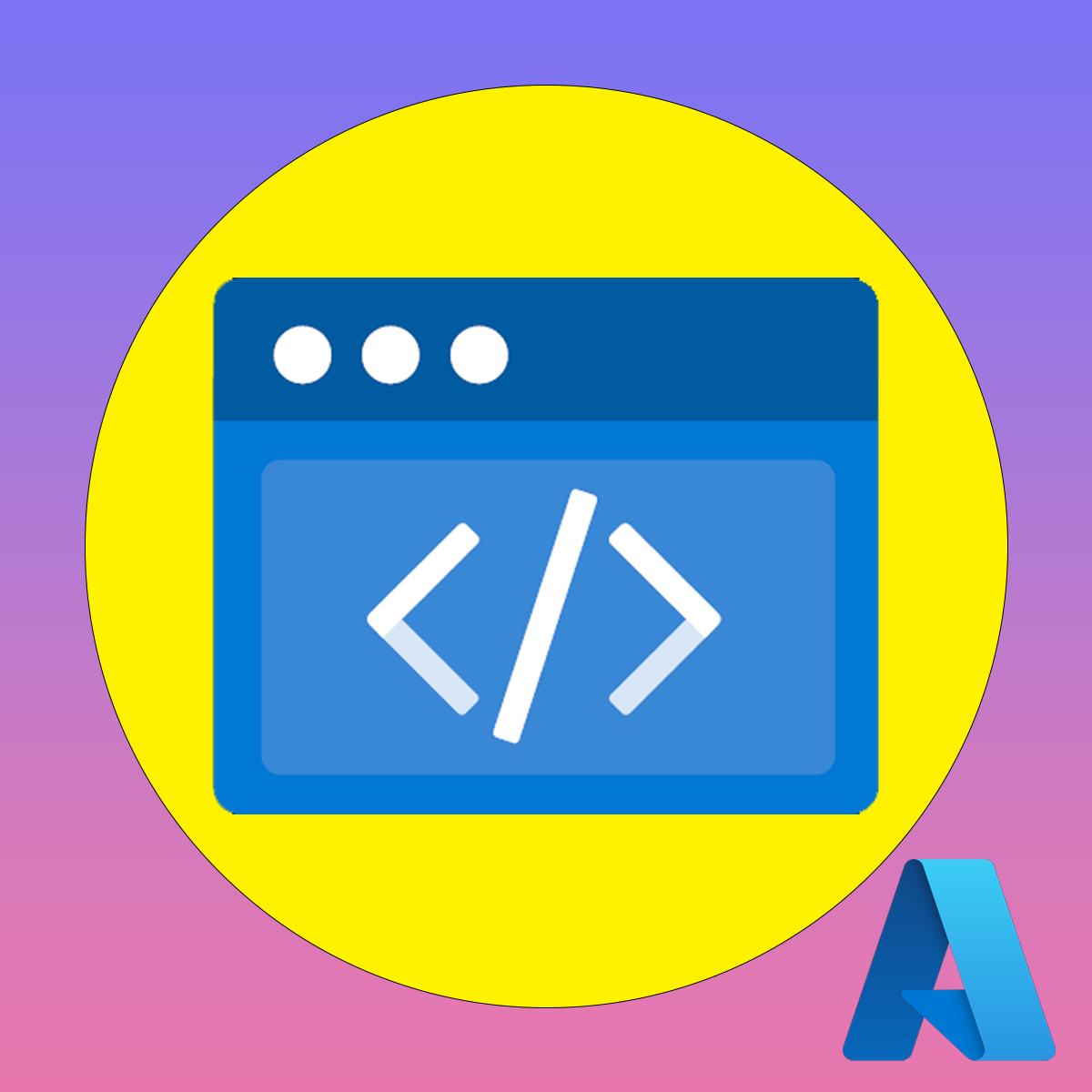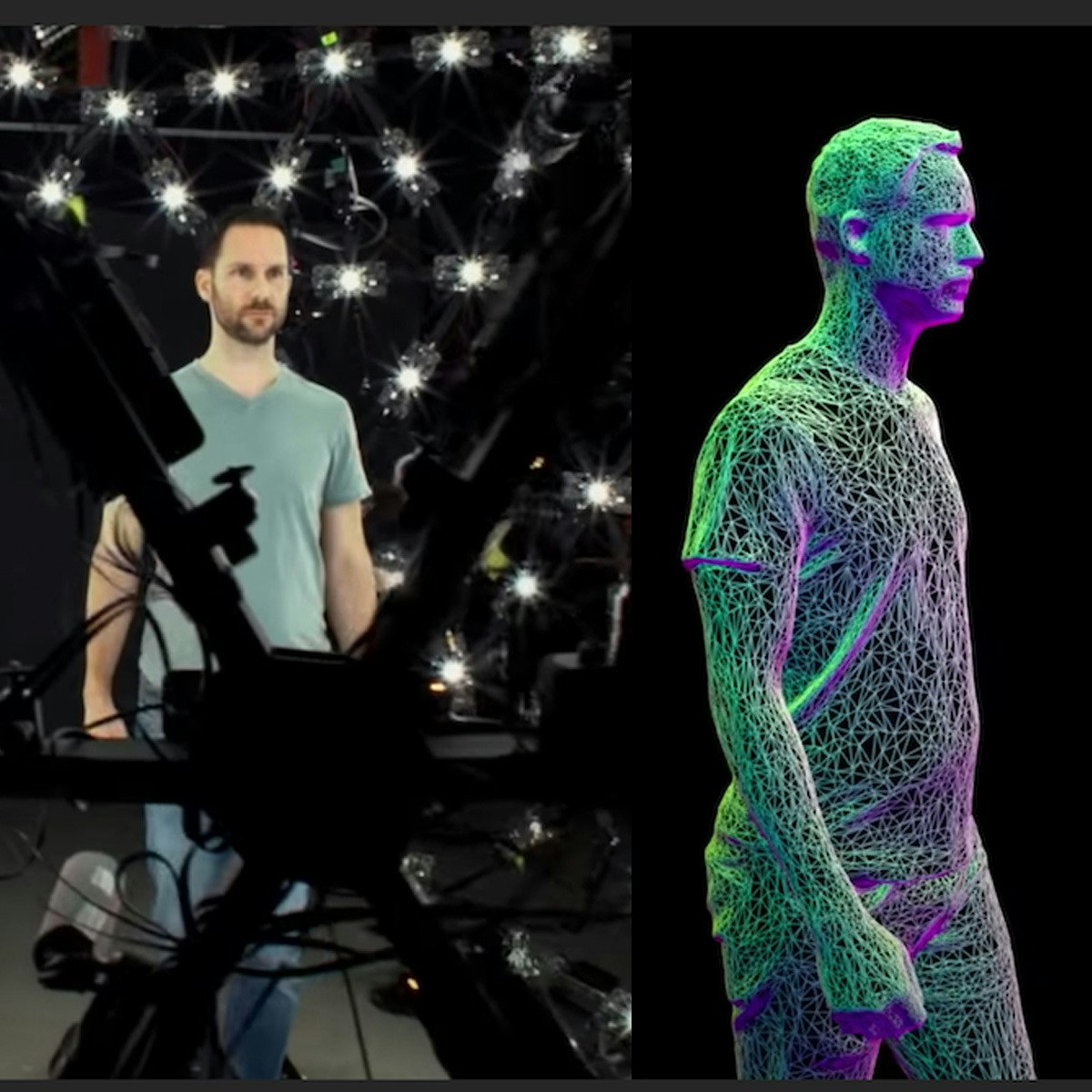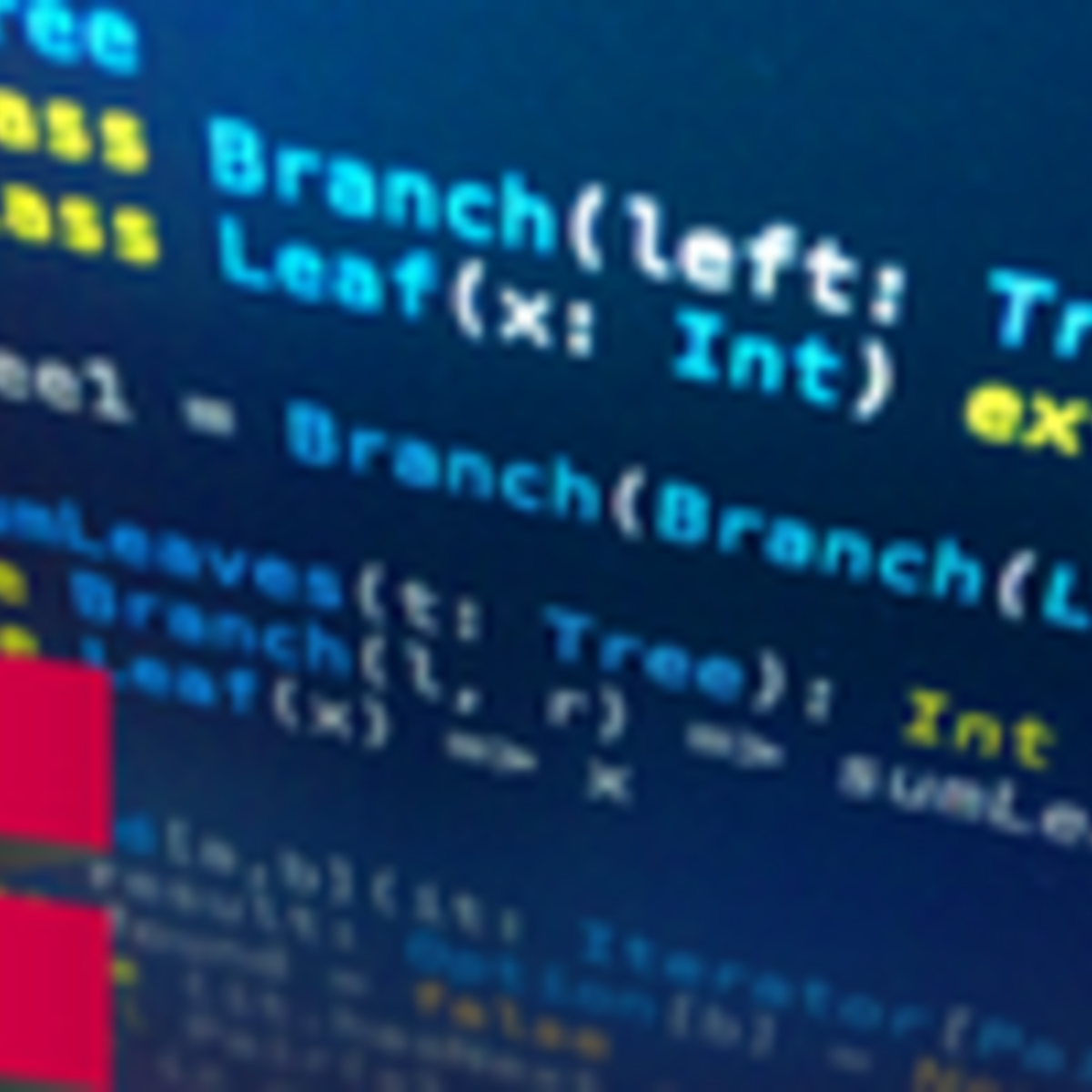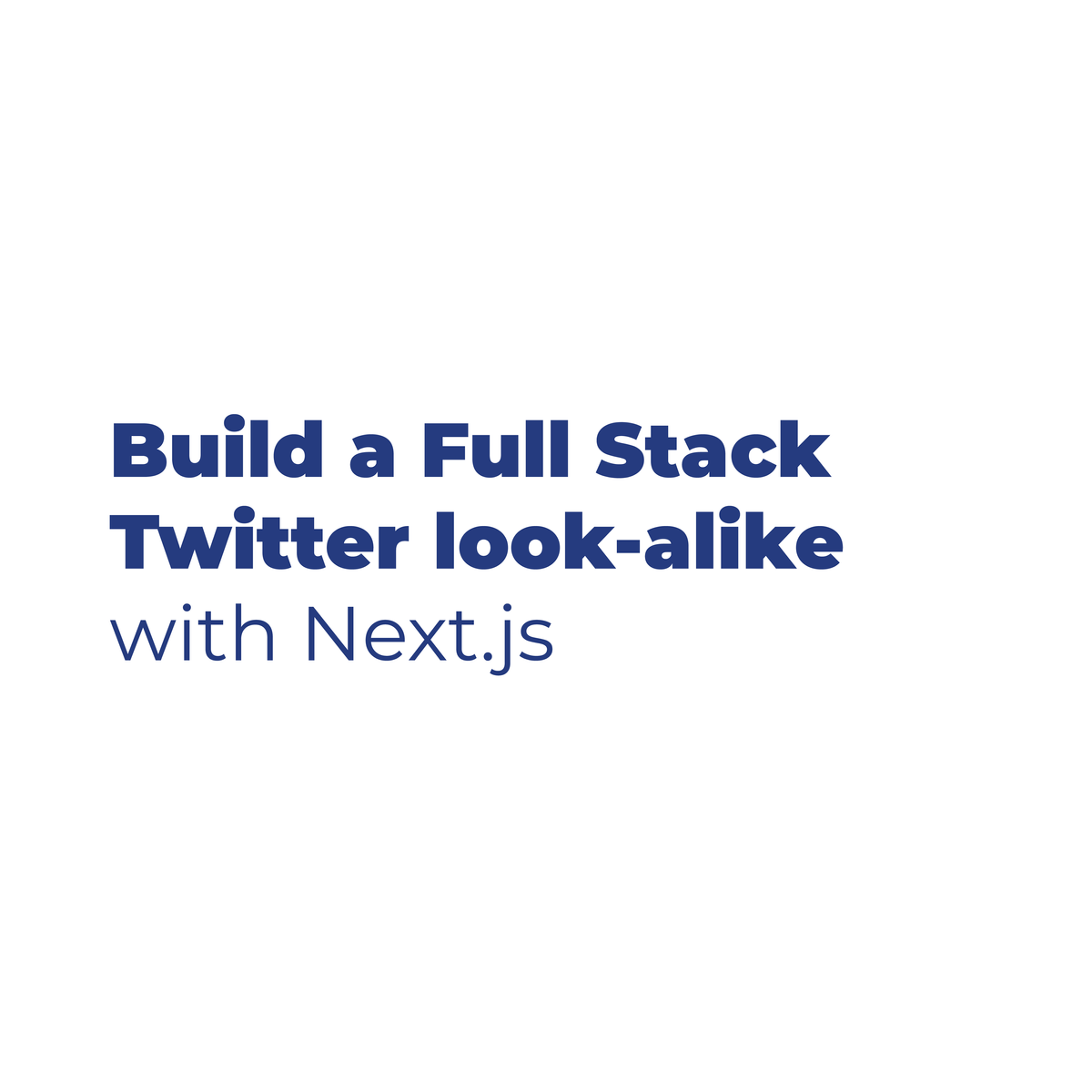Back to Courses









Computer Science Courses - Page 23
Showing results 221-230 of 2309

Connecting to Devices and Networks
Practice managing devices and networks without installing anything!
This course is designed for learners with no technical experience, providing a solid foundation of connecting to devices and networks. Learners will gain hands-on practice on an Ubuntu system that can be easily transferred to other Unix-based operating systems. The modules in this course cover managing devices and partitions, basic networking tools and name resolution, and securely transferring data over networks to create backups.
To allow for a truly hands-on, self-paced learning experience, this course is video-free. Assignments contain short explanations with images and runnable examples with suggested edits to explore examples further, building a deeper understanding by doing. You'll benefit from instant feedback from a variety of assessment items along the way, gently progressing from quick understanding checks (multiple choice, fill in the blank, and un-scrambling code blocks) to small, approachable exercises that take minutes instead of hours.

Internet of Things V2: DragonBoard™ bring up and community ecosystem
Do you want to develop skills to prototype embedded products using state-of-the-art technologies? In this course you will build a hardware and software development environment to guide your journey through the Internet of Things specialization courses. We will use the DragonBoard™ 410c single board computer (SBC).
This is the first in a series of courses where you will learn both the theory and get the hands-on development practice needed to prototype Internet of Things products. This course is suitable for a broad range of learners.
This course is for you if:
- You want to learn how to use learn how to use Linux for embedded purposes.
- You want to pivot your career towards the design and development of Internet of Things enabled products
- You are an entrepreneur, innovator or member of a DIY community
Learning Goals:
After completing this course, you will be able to:
1) Know where you can find resources and help in the 96Boards ecosystem.
2) Describe the DragonBoard™ 410c peripherals, I/O expansion capabilities, Compute (CPU and Graphics) capabilities, and Connectivity capabilities.
3) Understand how to navigate and make use of the Linux terminal.
4) Configure at least one integrated development environment (IDE) for developing software.
5) Make use of Git and GitHub for version control purposes.
6) Create and build projects that interface with sensors and actuators through GPIO and Arduino.

Develop a Serverless Computing App with Azure Static Web App
Serverless computing enables developers to build applications faster by eliminating the need for them to manage infrastructure. With serverless applications, the cloud service provider automatically provisions, scales, and manages the infrastructure required to run the code.
In this project, you will learn how to use Azure Serverless Computing services like Azure Static Web App, Azure Storage Account Table, Azure Functions, and others to develop a complete web application.
Once you’re done with this project, you will be able to deploy a full-stack web application in Azure in just a few steps.

Intermediate Object-Oriented Programming for Unreal Games
This course is the fourth and final course in the Specialization about learning how to develop video games using the C++ programming language and the Unreal game engine on Windows or Mac.
This course assumes you have the prerequisite knowledge from the previous three courses in the specialization. You should make sure you have that knowledge, either by taking those previous courses or from personal experience, before tackling this course. Throughout this course you'll build on your foundational C# and Unity knowledge by developing more robust games with better object-oriented designs using file input and output, inheritance and polymorphism, and event handling.
This course gives you even more tools to help you build great games with C++ and Unreal!
Module 1: Start using files to implement your Unreal games
Module 2: Learn how inheritance and polymorphism help us write less code for our games
Module 3: Implement event handling to make better object-oriented designs and add menus to your Unreal games
Module 4: Explore the complete implementation of a small Unreal game

Industrial IoT Markets and Security
This course can also be taken for academic credit as ECEA 5385, part of CU Boulder’s Master of Science in Electrical Engineering degree.
Developing tomorrow's industrial infrastructure is a significant challenge. This course goes beyond the hype of consumer IoT to emphasize a much greater space for potential embedded system applications and growth: The Industrial Internet of Things (IIoT), also known as Industry 4.0. Cisco’s CEO stated: “IoT overall is a $19 Trillion market. IIoT is a significant subset including digital oilfield, advanced manufacturing, power grid automation, and smart cities”.
This is part 1 of the specialization. The primary objective of this specialization is to closely examine emerging markets, technology trends, applications and skills required by engineering students, or working engineers, exploring career opportunities in the IIoT space. The structure of the course is intentionally wide and shallow: We will cover many topics, but will not go extremely deep into any one topic area, thereby providing a broad overview of the immense landscape of IIoT. There is one exception: We will study security in some depth as this is the most important topic for all "Internet of Things" product development.
In this course students will learn :
* What Industry 4.0 is and what factors have enabled the IIoT
* Key skills to develop to be employed in the IIoT space
* What platforms are, and also market information on Software and Services
* What the top application areas are (examples include manufacturing and oil & gas)
* What the top operating systems are that are used in IIoT deployments
* About networking and wireless communication protocols used in IIoT deployments
* About computer security; encryption techniques and secure methods for insuring data integrity and authentication

3D Reconstruction - Single Viewpoint
This course focuses on the recovery of the 3D structure of a scene from its 2D images. In particular, we are interested in the 3D reconstruction of a rigid scene from images taken by a stationary camera (same viewpoint). This problem is interesting as we want the multiple images of the scene to capture complementary information despite the fact that the scene is rigid and the camera is fixed. To this end, we explore several ways of capturing images where each image provides additional information about the scene.
In order to estimate scene properties (depth, surface orientation, material properties, etc.) we first define several important radiometric concepts, such as, light source intensity, surface illumination, surface brightness, image brightness and surface reflectance. Then, we tackle the challenging problem of shape from shading - recovering the shape of a surface from its shading in a single image. Next, we show that if multiple images of a scene of known reflectance are taken while changing the illumination direction, the surface normal at each scene point can be computed. This method, called photometric stereo, provides a dense surface normal map that can be integrated to obtain surface shape.
Next, we discuss depth from defocus, which uses the limited depth of field of the camera to estimate scene structure. From a small number of images taken by changing the focus setting of the lens, a dense depth of the scene is recovered. Finally, we present a suite of techniques that use active illumination (the projection of light patterns onto the scene) to get precise 3D reconstructions of the scene. These active illumination methods are the workhorse of factory automation. They are used on manufacturing lines to assemble products and inspect their visual quality. They are also extensively used in other domains such as driverless cars, robotics, surveillance, medical imaging and special effects in movies.

Exploiting and Securing Vulnerabilities in Java Applications
In this course, we will wear many hats. With our Attacker Hats on, we will exploit Injection issues that allow us to steal data, exploit Cross Site Scripting issues to compromise a users browser, break authentication to gain access to data and functionality reserved for the ‘Admins’, and even exploit vulnerable components to run our code on a remote server and access some secrets. We will also wear Defender Hats. We will dive deep in the code to fix the root cause of these issues and discuss various mitigation strategies. We do this by exploiting WebGoat, an OWASP project designed to teach penetration testing. WebGoat is a deliberately vulnerable application with many flaws and we take aim at fixing some of these issues. Finally we fix these issues in WebGoat and build our patched binaries. Together we will discuss online resources to help us along and find meaningful ways to give back to the larger Application Security community.
Functional Program Design in Scala (Scala 2 version)
In this course you will learn how to apply the functional programming style in the design of larger Scala applications. You'll get to know important new functional programming concepts, from lazy evaluation to structuring your libraries using monads. We'll work on larger and more involved examples, from state space exploration to random testing to discrete circuit simulators. You’ll also learn some best practices on how to write good Scala code in the real world. Finally, you will learn how to leverage the ability of the compiler to infer values from types.
Several parts of this course deal with the question how functional programming interacts with mutable state. We will explore the consequences of combining functions and state. We will also look at purely functional alternatives to mutable state, using infinite data structures or functional reactive programming.
Recommended background: You should have at least one year programming experience. Proficiency with Java or C# is ideal, but experience with other languages such as C/C++, Python, Javascript or Ruby is also sufficient. You should have some familiarity with using the command line. This course is intended to be taken after Functional Programming Principles in Scala: https://www.coursera.org/learn/scala2-functional-programming.

Build a Full Stack Twitter clone with Next.js
In this 1-hour long project-based course, you will learn how to create a fully functioning Full Stack Twitter clone. You will learn how to start a Next project from scratch with create-next-app, how to build functional React components and pass props down the components tree, how to fetch and display all of the tweets in your database.. Moreover, you will be able to style your application with CSS.
Note: This course works best for learners who are based in the North America region. We’re currently working on providing the same experience in other regions.

Advanced Relational Database and SQL
In this 1-hour long project-based course, you will gain hands-on experience and learn about advanced SQL topics such as stored procedures, tiggers, functions, common table expressions and recursion. If you have intermediate level of experience with SQL and want to learn more, this course is for you!
Note: This is an advanced level course. Taking my course "Introduction to Relational Database and SQL" and "Intermediate Relational Database and SQL" before taking this course is highly recommended. Especially if you do not have any previous experience with relational database and SQL.
